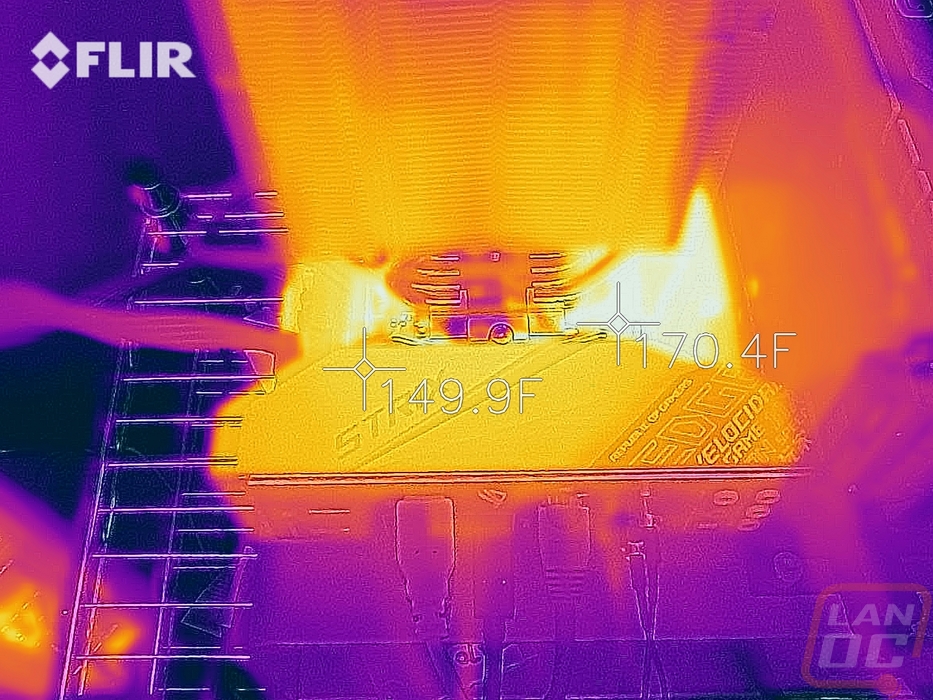Performance
As I always like to mention as a reminder for everyone. Motherboard performance differences between boards with the same chipset aren’t really a thing. They all run the same chipset and performance differences in benchmarks more typically show the small variability in the tests themselves. But I do run a list of benchmarks on all of our motherboard reviews to keep an eye out for obvious performance issues or for weird performance boosts like auto overclocked CPUs. I currently only have two Z390 boards tested and there did end up being some swing back and forth between the MSI and Asus, most likely with how different boards are handling turbo differently. This was an issue for me when doing our 9900K testing as well, causing me to spend launch day retesting again. Specifically, the Asus board actually followed TDP with MCE turned off and XMP on. This resulted in lower results in the 3DMark and Passmark benchmarks but PCMark was still an odd man out. Gaming performance was solid and showed that the 9900K paired with the 1080 Ti is still a great setup.
Beyond that, I did look at the network performance as well. I did this on both the wired NIC that was using the Intel I219-V that all Z390 chipset boards use. Because of that the Asus Z390-I and the MSI board tested were close in performance. Now the Z390-I also had the Intel 9560 Wireless AC adapter as well and this is where I normally see the biggest differences, mostly due to the antenna designs. The performance here was good as well, something that I can’t always say for Asus’s antenna design.
I also took a look at thermals using our FLIR camera. The MSI Z390 I tested had issues where it wasn’t cooling a lot of the VRM area, especially with the power usage of the 9900K. The Z390-I does run warm, but mostly on the area south of the CPU socket where the M.2 drive heatsink is. The large integrated I/O cover has a lot more surface area to dissipate heat and Asus didn’t skip out on a heatsink on the top of the CPU socket like MSI did. That said it does look like running an M.2 drive in addition to that area dealing with heat from the chipset might run a little warm.


I also snapped a picture of the RGB lighting as well. While not your normal performance, it is a feature some people are looking for. Asus has their normal Aura lighting here with fully addressable surface mounted LEDs on the underside of the right side of the board. This allows for the lighting effects that like the one pictured that shows the lights all different colors. You do have full control of the lighting with the software, or you can turn it off in the BIOS if you don’t want any at all.




